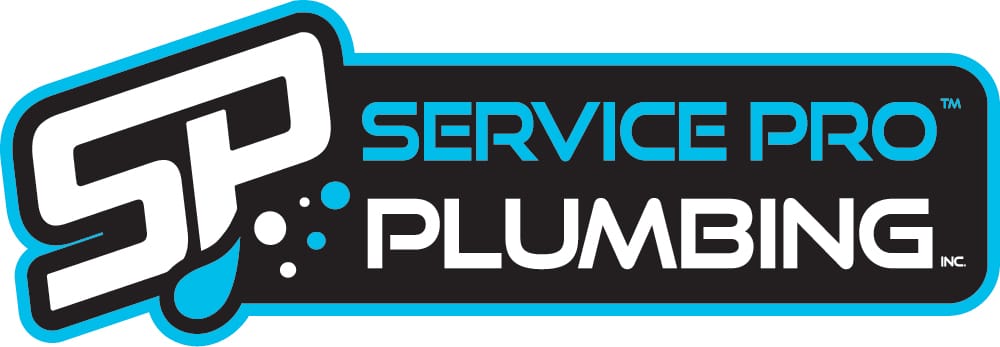8 Things to Consider Before Replacing a Sewer Line
The Sewer Line in your home is an essential component of your plumbing system. It is in charge of moving sewage from your house to the neighborhood septic tank or sewer system. Sewer pipes may deteriorate or sustain damage over time, which may cause a number of issues. Get help for sewer line repair and replacement in Vancouver, WA to be fixed or replaced when these problems arise. However, before making any selections, it’s imperative to do your research. We’ll go into eight crucial considerations in this blog post before deciding whether to repair or replace a sewer line.
Determine The Signs Your Sewer Line Might Need Replacing
When faced with the possibility of sewer line issues, it’s paramount to approach the situation with a discerning eye. Before making hasty assumptions, it’s crucial to identify the indicators that suggest your sewer line may require replacement. Some typical warning signs include continuous sewer backups, sluggish drainage, unpleasant odors in and around your premises, and strange gurgling noises coming from your drains. These symptoms can be red flags, signaling potential and substantial sewer line problems that might necessitate thorough inspection and, if needed, prompt sewer line repair and replacement.
Here's a list of potential signs
- Repeated drain backups or consistently slow drainage
- Unusual gurgling sounds emanating from your drains
- Offensive sewage odors
- Accumulation of water on your lawn
- Yard areas flooded with septic waste
- Issues with your foundation
Look Out for the Causes of Sewer Line Damage
Understanding the reasons behind sewer line repair and replacement can help you avoid future problems. The main culprits are tree roots, soil shifting, corrosion, and aging pipes. Tree roots can infiltrate and crack sewer pipes, while soil movement can cause misalignment or even collapse. Recognizing these causes can be beneficial in preventing future damage.
Here are some factors that can contribute to damage
- Tree roots
- Extreme temperature fluctuations, especially during freezing conditions
- Foreign objects causing blockages
- Corrosion of old cast-iron pipes (common in homes constructed before the 1960s)
- Improper items being flushed down toilets or drains, such as grease buildup, sanitary products, and baby wipes.
Get a Sewer Line Inspection First
Before jumping into a sewer line repair and replacement, it’s important not to rush and instead opt for a comprehensive inspection. A professional sewer line inspection can precisely identify the nature and scope of the problem. Technicians use cameras to examine the inside of the pipes, enabling them to accurately locate any damage, blockages, or corrosion. This step is essential in determining the most appropriate course of action. Understanding the extent of the damage is crucial. Minor issues like clogs or cracks may only require repairs, while significant damage or the deterioration of the entire line may call for a complete replacement. The severity of the issue will also impact the project’s cost and timeline.
See if Sewer Line Repair Is an Option
In certain situations, sewer line repair might be a practical option instead of a full replacement. If the damage is limited, and the rest of the pipe is in good shape, repair could be a more cost-efficient and less intrusive solution. It’s advisable to explore this option with a qualified plumber following the inspection.
Learn About Sewer Line Replacement Methods
There are various methods available for replacing sewer lines, each with its own pros and cons. The most frequently used techniques are traditional excavation, trenchless pipe bursting, and trenchless pipe lining. Traditional excavation entails digging a trench to reach the damaged pipe, whereas trenchless methods aim to minimize disruption to your property. Having knowledge about these methods can assist you in selecting the most suitable one for your specific situation.
The Cost for Sewer Line Replacement Can Vary
The cost of replacing a sewer line can vary considerably, and it depends on several factors. The length of the line, the depth of the pipes, the chosen replacement method, and your geographical location all contribute to determining the cost. To make sure you receive a fair and competitive price, it’s important to obtain multiple quotes from reputable plumbing contractors.
Insurance Rarely Covers Sewer Line Replacement
A lot of homeowners think that their homeowner’s insurance will take care of the costs of sewer line replacement. However, in most cases, policies don’t provide coverage for damage resulting from normal wear and tear or tree root intrusion. It’s crucial to carefully review your insurance policy and think about adding a sewer line endorsement if it’s not already part of your coverage.
Find The Right Sewer Line Replacement Pro
Selecting the correct professional for your sewer line replacement is of utmost importance. Seek licensed and experienced plumbers or contractors with a proven history of successful sewer line projects. Typically, homeowners need to secure a permit for sewer line replacement. When you hire a reputable professional, they will be well-versed in local codes and can assist you in navigating the permit application process. Don’t hesitate to request references, read reviews, and compare quotes before making a choice. A qualified expert can lead you through the process and guarantee that the job is executed correctly.
Sewer line repair and replacement are substantial projects that demand thoughtful evaluation. By recognizing the signs of sewer line problems, understanding their root causes, and familiarizing yourself with replacement options, you can make an educated choice. It’s also important to be ready for potential expenses, bearing in mind that insurance coverage for sewer line replacement has limitations. Lastly, opt for a well-regarded professional to oversee the task, guaranteeing the endurance and effectiveness of your sewer system. Keeping these factors in mind, you can approach sewer line repair and replacement with confidence and effectiveness.
